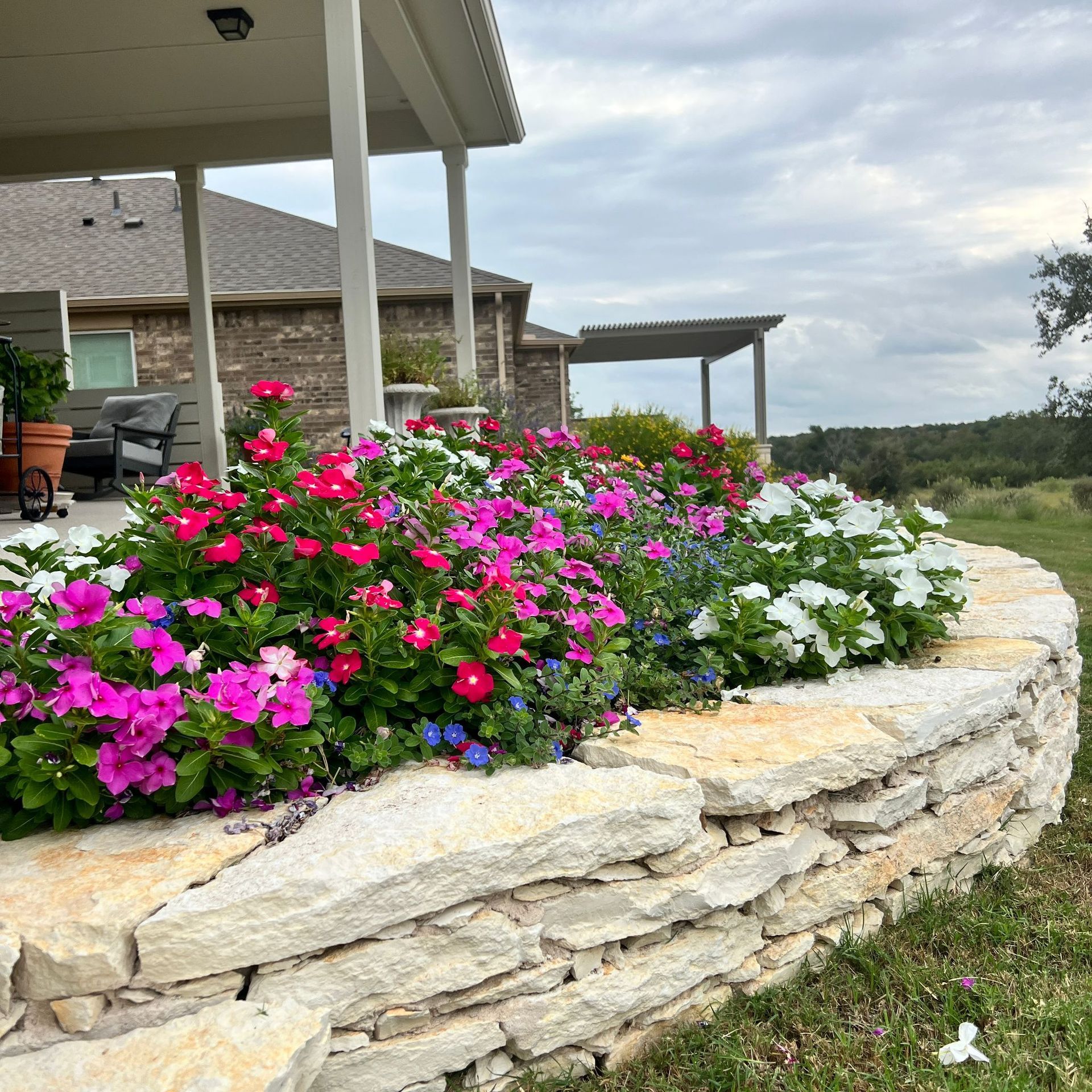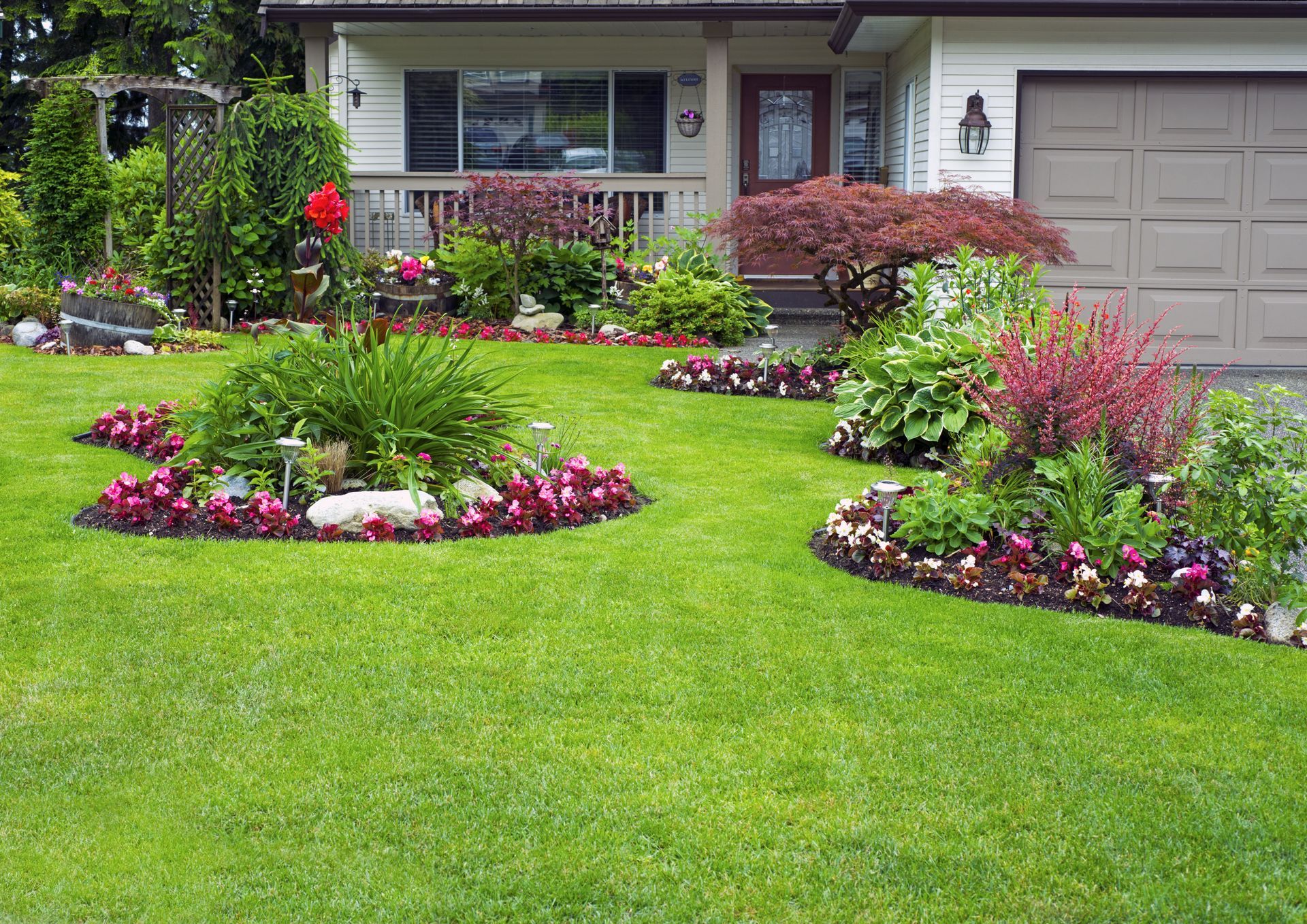Xeriscaping is a fantastic choice for Texas landscapes

Blending beauty with water efficiency. By selecting drought-tolerant plants and incorporating alternative materials like rocks and mulch, homeowners can significantly reduce their water usage while enjoying a vibrant and appealing yard.
Principles of Xeriscaping
At its core, xeriscaping emphasizes the use of plants that thrive on minimal irrigation. This approach encourages homeowners to reduce the expanse of traditional grass lawns and instead integrate hardscape elements such as rocks, mulch, and gravel. By focusing on these principles, you can create a functional, water-efficient yard that remains attractive throughout the year.
Design Tips for Water-Efficient Landscapes
- Mix Ground Covers: To minimize water evaporation and introduce visual interest, consider a blend of ground covers like gravel, decomposed granite, and organic mulch. This not only helps retain moisture but also adds texture and variety to your landscape, creating a dynamic and inviting space.
- Choose Drought-Resistant Plants: Opt for plants that are well-suited to the hot and dry Texas climate. Varieties such as agave, yucca, and Texas sage not only thrive in these conditions but also provide stunning greenery with low water demands. These hardy plants can enhance your landscape while contributing to significant water savings.
- Group Plants by Water Needs: When planning your garden, arrange plants with similar watering requirements together. This strategy allows for more efficient irrigation and ensures that each plant receives the appropriate amount of moisture, promoting healthier growth and reducing waste.
- Incorporate Rock Features: Integrating natural stone elements into your landscape can drastically lower water needs while enhancing its visual appeal. Rock gardens, pathways, and decorative boulders not only reduce the area requiring irrigation but also create a beautiful focal point that complements your plant choices.
By embracing xeriscaping, you can design an eye-catching, low-maintenance landscape that remains lush and green without straining our precious water resources. It’s a sustainable choice that benefits both your yard and the environment!












Share On: